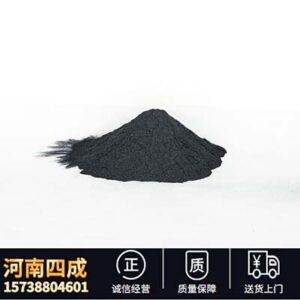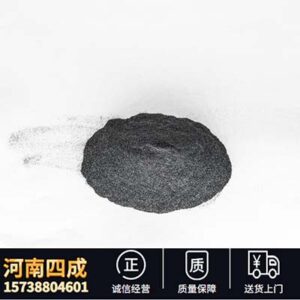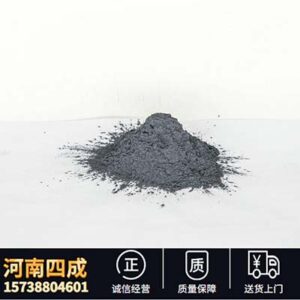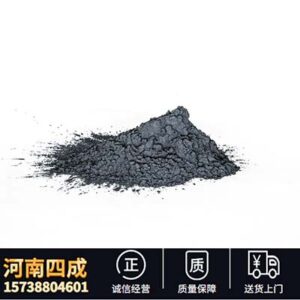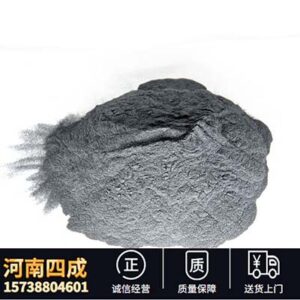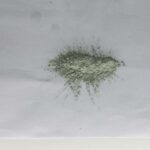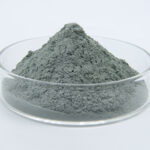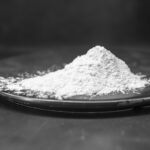As a mineral resource with good performance, black silicon carbide can be used in different fields according to its performance, and how is it used in the field of nuclear power? In order to better understand its application functions, let’s introduce its application in the field of nuclear power.
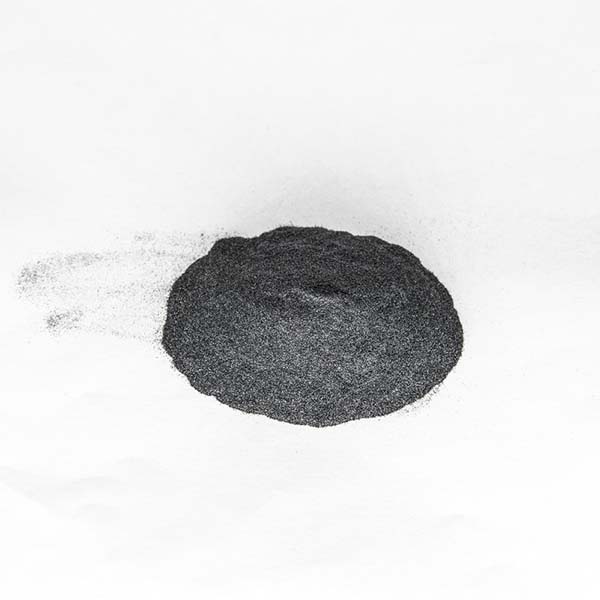
Black silicon carbide is an extremely rare mineral in nature, known as moissanite, which is a compound with strong covalence and covalence composed of carbon atoms and silicon atoms, so it has very strong stability. According to the “Application of Silicon Carbide Materials in Nuclear Fuel Elements”, there are more than 200 variants of silicon carbide according to the different stacking sequence. Among them, silicon carbide with face-centered cubic structure is β-silicon carbide, which is the main crystal phase of black silicon carbide, and β-silicon carbide has high stability at less than 2100 °C.
Because β-silicon carbide has many excellent properties such as stable chemical properties, high thermal conductivity, small thermal expansion coefficient and high hardness, it is widely used in material processing, electronics, aerospace and chemical industry. According to the “Application of Silicon Carbide Materials in Nuclear Fuel Elements”, black silicon carbide also has the characteristics of small neutron absorption cross-section, good irradiation stability, low intrinsic activity and decay heat, making it suitable for the field of nuclear reactors.
In the field of nuclear power, the current domestic high-temperature gas-cooled reactor adopts the technical route of all-ceramic spherical fuel elements, the diameter of the fuel element is less than 1mm, dispersed in the graphite matrix, which is composed of spherical ceramic nuclear fuel core, loose pyrolysis carbon layer, inner dense pyrolysis carbon layer, SiC layer and outer dense pyrolysis carbon layer.
The high stability of black silicon carbide is one of the guarantees for the inherent safety of high-temperature gas-cooled reactors. According to the application of silicon carbide materials in nuclear fuel elements, the important thing in the 4-layer coating structure is the silicon carbide layer, and the complete silicon carbide layer can block most of the gas and solid fission products, and can withstand the internal pressure of the gas products in the coated fuel, which is an important guarantee for the safety of high-temperature gas-cooled reactors. In addition, silicon carbide maintains strong stability below 2100 °C, and the temperature of the high-temperature gas-cooled reactor core will not exceed its safety limit of 1620 °C, so the fuel particles will not be burned out in any way, which fundamentally avoids radioactive leakage. In addition, molten salt reactors, gas-cooled reactors, and black silicon carbide in high-temperature gas-cooled reactors have broad application prospects.

